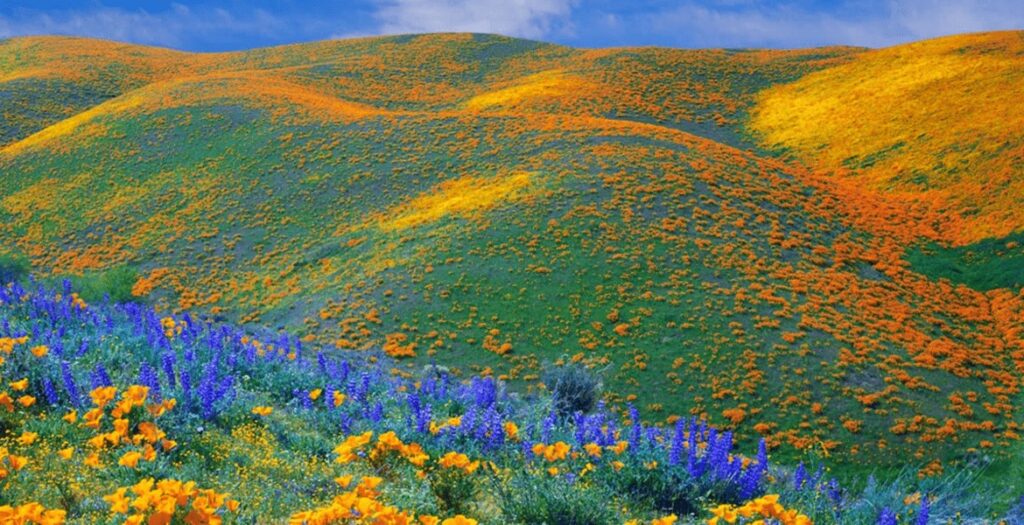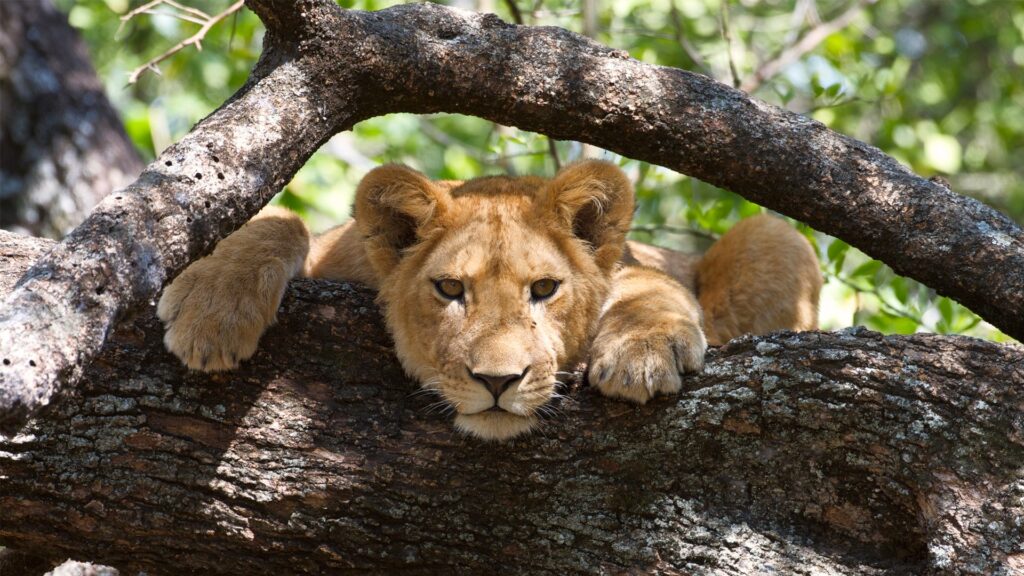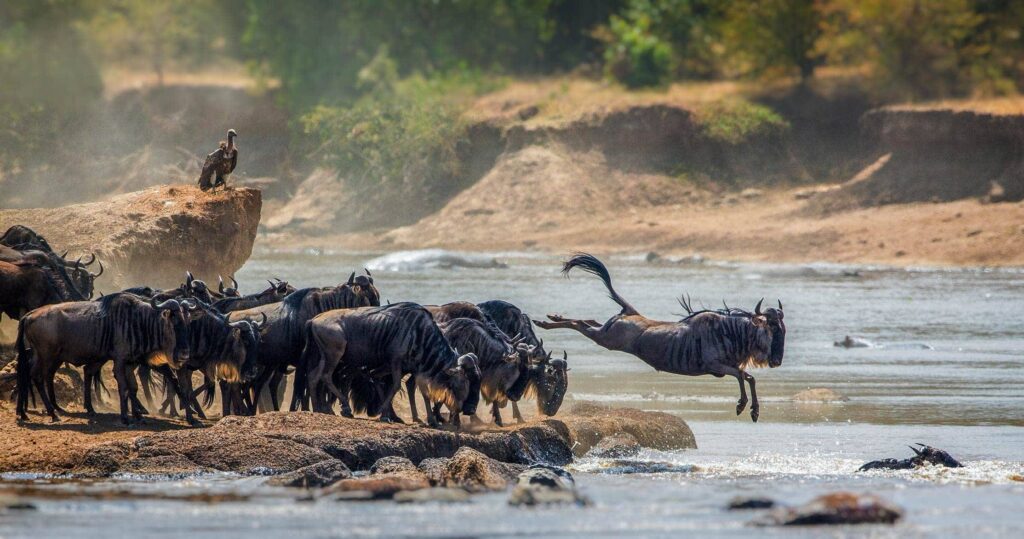Kitulo National Park is located in the southern Tanzanian highlands, halfway between the Mbeya and Njombe regions. Kitulo National Park is located close to Lake Nyasa, at a height of 2600 metres above sea level, between the Poroto and Livingstone mountains.
Kitulo National Park, which spans an area of roughly 412.9 square kilometres, was officially gazetted as a national park in 2005, making it Tanzania’s fourteenth national park. The Tanzania National Park Authority (TANAPA), which is in charge of the park, controls all activities both inside and outside of it. Kitulo National Park, a protected area of montane forest and montane grassland in the Kitulo Plateaus, has been dubbed a “Serengeti of flowers” by botanists.
In addition, because it is unique to the African continent, the locals call it “Bustani ya Mungu” in Swahili, which means “The Garden of God.” To boost the continental trade in orchid tubers, the Wildlife Conservation Society (WCS) recommended protecting the Kitulo Plateaus. As a result, the area was designated as a national park in 2002 by His Excellency Benjamin Willliam Mkapa, Tanzania’s late third president.
What is Livingstone Forest famous for?
Livingstone Forest is a lush montane forest located southwest with views of Kitulo National Park. Several endangered species, such as the Rungwe dwarf galago (Galagoides), Abbott’s duiker, and Kipunji (highland mangabey), can be found in the area’s oldest and densest forest. Alongside Livingstone Forest, these species can also be found in the nearby forests of Mount Rungwe, which are split apart by a small area called “The Bujingijila Gap.”
What flowers to see in Kitulo National Park?
Only in the African botanic garden known as Kitulo National Park can floral enthusiasts appreciate the vast array of flower species. The Kitulo Plateaus is home to over 400 distinct plant species, including aster, giant lobelias, carnations, geraniums, orchids, tubers, and lilies. Examples include common daisies, wisteria, geranium, lavender, hydrangeas, peonies, and lily of the valley. The park is also hot and home to a variety of beautiful insects and animals, such as butterflies, lizards, and frogs.
The best time to visit Kitulo National Park
The wet season, which runs from November to April, is the ideal time to go on a Tanzania safari in Kitulo National Park. The park is teeming with bees, active insects, and flowering plants at this time of year. The best part is that admission to this national park doesn’t have to break the bank—it only costs $36 for adults and $12 for kids between the ages of 5 and 15.
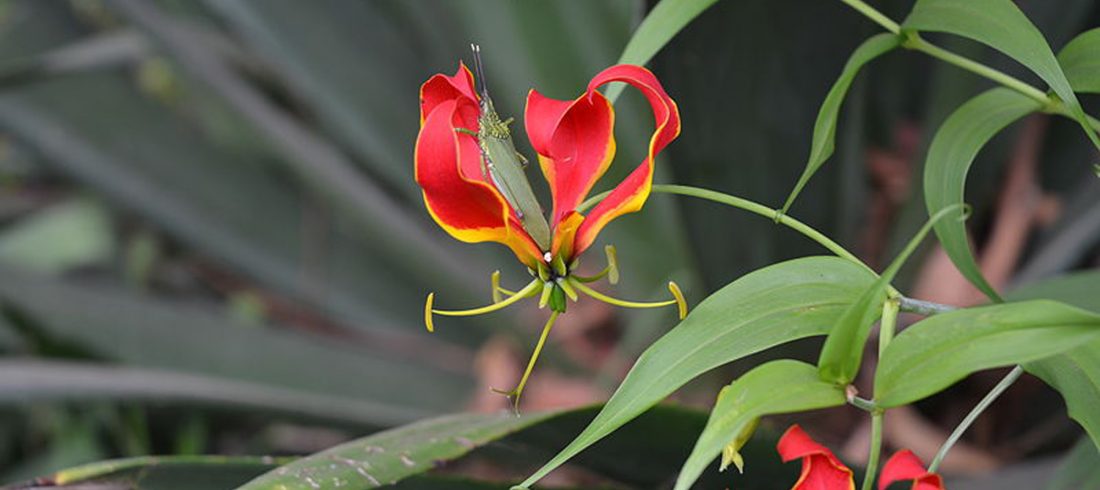
How can I go to Kitulo National Park?
The two primary airports for flights to Mbeya, which provides several options for visiting Kitulo National Park, which is located in the Mbeya region, are Arusha and Dar es Salaam. Extra Luxury, Abood, and many others are other bus options. It can occasionally be challenging to take a bus straight from Dar es Salaam to the park, unless a flight is in operation. In the unlikely event that you are unable to enter the park on the same day, Mbeya town offers a number of first-rate hotels, such as the Utengule Coffee Lodge, Hotel Desderia, and Eden Highlands Hotel.
Discover Africa with Sweet Escape Tours and and Safaris as we proudly present the abundance of African natural wonders, including Kitulo National Park, Zanzibar Island, and the Serengeti National Park.
Small Hikes in Kitulo National Park
Is it feasible to take a quick but amazing day hike to Mount Rungwe, where you can see Columbus and other wildlife? In addition to elands and bushpigs, you can see spiders, lizards, and a few rare birds at the base of the mountain, including the European white stork, blue swallow, and steppe harrier, among many others. To ensure your safety and comfort, our safari guide will walk alongside you the entire time as you hike and watch birds.
